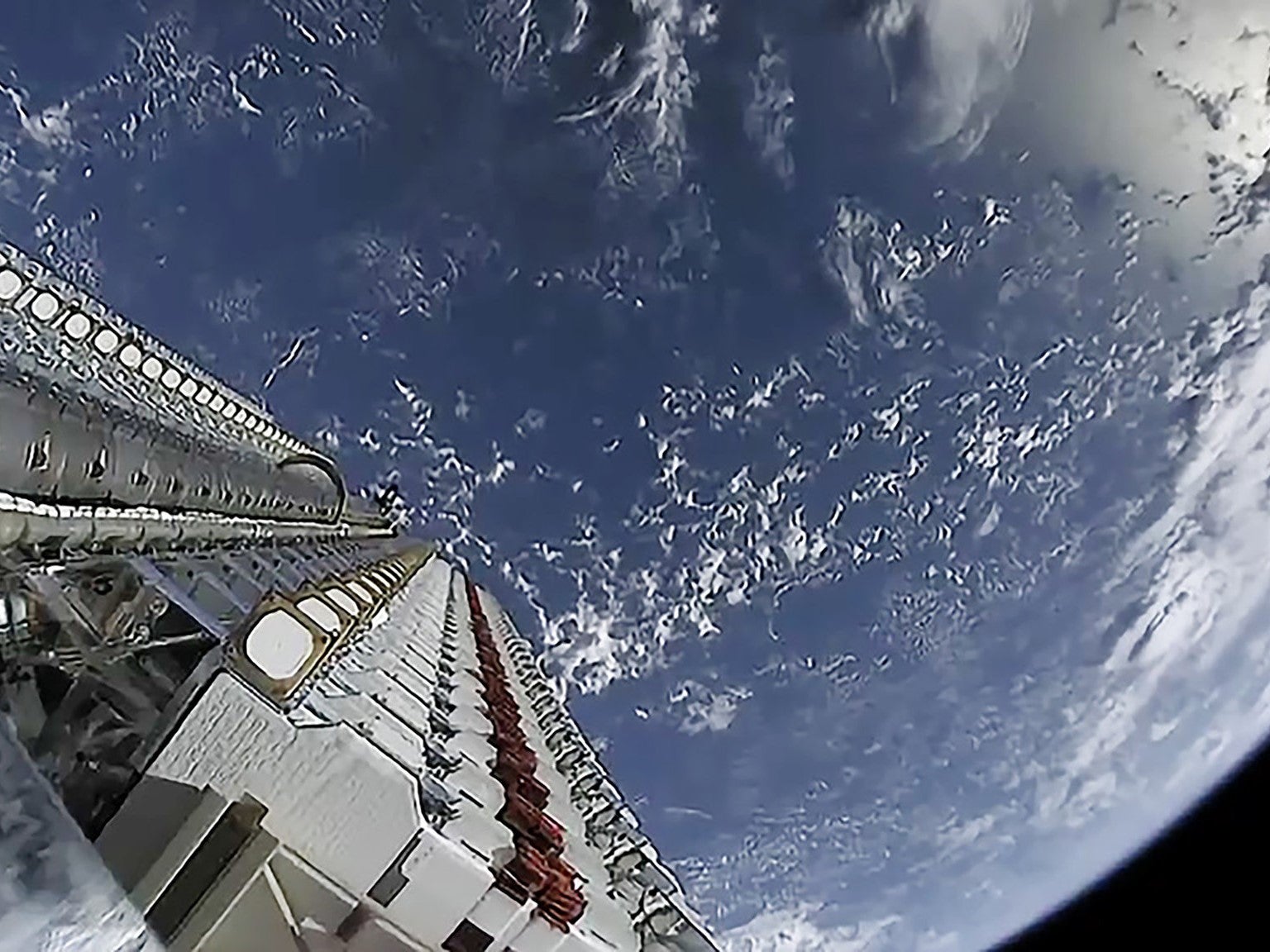Elon Musk’s space internet already in use in areas devastated by wildfires
SpaceX provides free broadband to residents in Washington town destroyed by fire

Your support helps us to tell the story
From reproductive rights to climate change to Big Tech, The Independent is on the ground when the story is developing. Whether it's investigating the financials of Elon Musk's pro-Trump PAC or producing our latest documentary, 'The A Word', which shines a light on the American women fighting for reproductive rights, we know how important it is to parse out the facts from the messaging.
At such a critical moment in US history, we need reporters on the ground. Your donation allows us to keep sending journalists to speak to both sides of the story.
The Independent is trusted by Americans across the entire political spectrum. And unlike many other quality news outlets, we choose not to lock Americans out of our reporting and analysis with paywalls. We believe quality journalism should be available to everyone, paid for by those who can afford it.
Your support makes all the difference.Emergency responders in the US have become one of the first users of Elon Musk’s Starlink internet project, which beams high-speed broadband down to Earth from a constellation of satellites.
The Washington Emergency Management division used SpaceX’s Starlink network to set up a free public WiFi station in the town of Malden, where 80 per cent of the homes and buildings were destroyed by wildfires earlier this month.
“Happy to have the support of SpaceX’s Starlink internet as emergency responders look to help residents rebuild the town of Malden, WA that was overcome by wildfires earlier this month,” the division tweeted on Monday.
Mr Musk replied: “Glad SpaceX could help! We are prioritising emergency responders and locations with no internet connectivity at all.”
The SpaceX CEO also revealed details about future plans for Starlink, revealing that the private space firm may spin it out and make it public.
“We will probably IPO [initial public offering] Starlink, but only several years in the future when revenue growth is smooth and predictable,” he tweeted.
“Public market does *not* like erratic cash flow haha. I’m a huge fan of small retail investors. We will make sure they get top priority. You can hold me to it."
There are currently around 800 Starlink satellites in low-Earth orbit, with plans for the network to grow to tens of thousands over the coming years.
Starlink currently only serves northerly latitudes due to the limited number of satellites in operation, with SpaceX targeting a public launch of the service in northern US and Canada before the end of the year.
When asked about what connectivity was like for its emergency responders, the Washington Emergency Management Division said it was “pretty good."
“This is a device we could definitely utilise should we have even larger disasters,” they said, adding that they received the equipment to set up a Starlink WiFi hub for free.
The Starlink network will eventually serve more than 99 per cent of all inhabited regions on Earth, however its roll-out has proved controversial among the astronomy community.
Last month, hundreds of astronomers warned that the presence of thousands of satellites in low-Earth orbit could prove “extremely impactful” to space observations and could hinder scientific progress.
SpaceX is currently working with the American Astronomical Society and various observatories to develop methods to reduce the satellites’ visibility.
Tactics to reduce their impact include painting them black and tilting their solar panels to avoid reflecting the sun’s light.

Join our commenting forum
Join thought-provoking conversations, follow other Independent readers and see their replies
0Comments